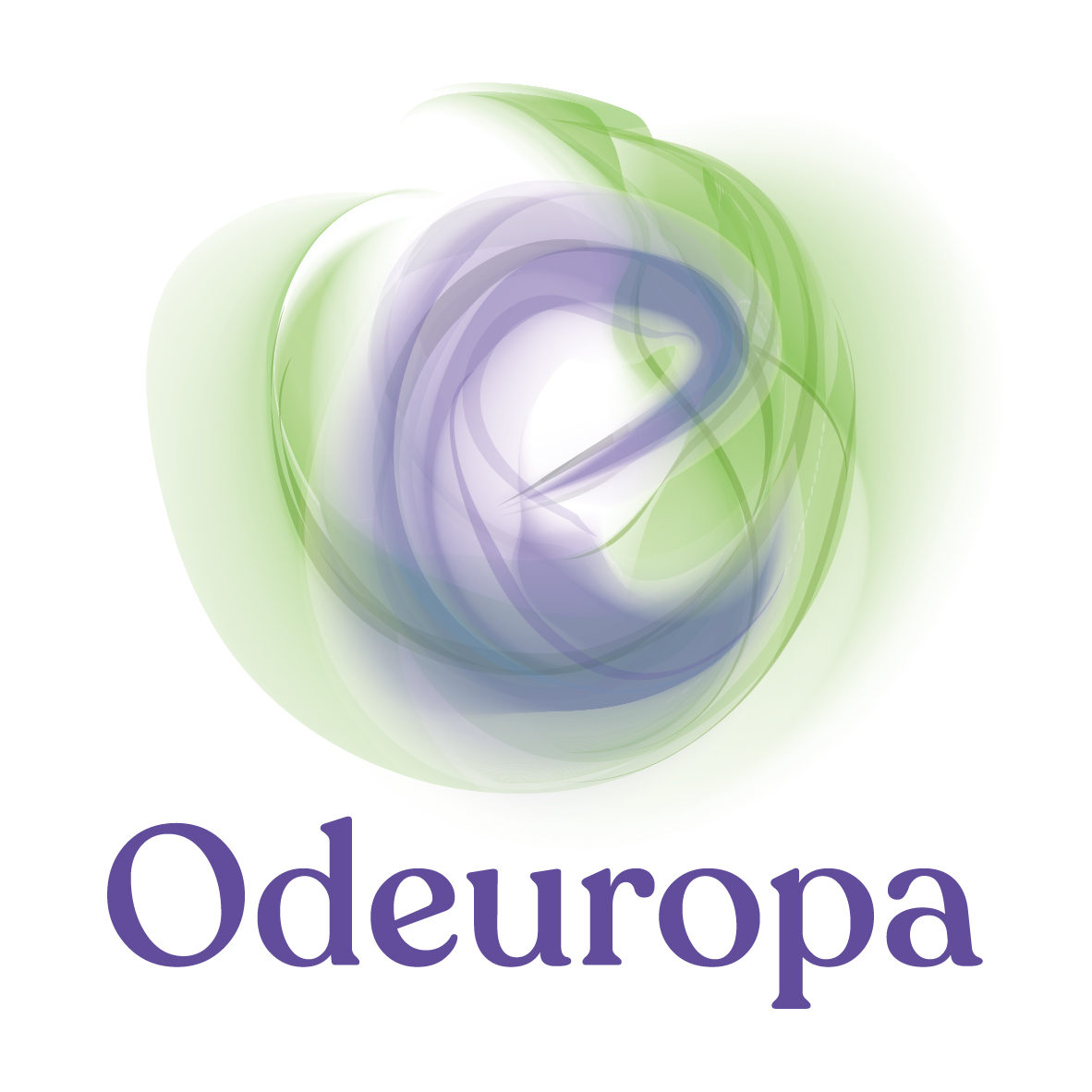What role do smells play in European culture? How can museums and archives enhance their impact through olfactory storytelling? How can we find, document and represent smells from the past? The Odeuropa project develops novel methods to collect information about smell from digital cultural heritage collections.
Our senses are our gateways to the past. While museums and archives are discovering the power of multi-sensory presentations, we lack the scientific standards, tools, and data to effectively identify, consolidate, and promote the wide-ranging role scents and smelling have in our cultural heritage. The EU-funded Odeuropa project applies state-of-the-art AI techniques to cultural heritage text and image datasets spanning centuries of European history (1600-1920), to identify and trace how ‘smell’ was expressed in different languages, what kinds of practices it characterised, and to what emotions it was linked.
The Odeuropa project has delivered the following results:
Odeuropa Smell Explorer
The Odeuropa Smell Explorer is a unique search engine for everyone interested in the history and heritage of smell. It is a searchable website that enables visitors to navigate over 300 years of European smell history, to discover the smells of the past, and understand how they shaped European history. The data in the explorer was extracted from circa 43,000 images and 167,000 historical texts in six languages (English, Italian, French, Dutch, German and Slovene) from a large variety of European public domain sources. Thanks to the unique technologies used to design the tool, the Explorer is the first cultural heritage database that can be queried ‘nose-first’ (using the sense of smell as an entry point). This makes it a valuable resource for anyone interested in understanding what role smells play in European culture, and how smell experiences have been described and depicted in the past.
 Encyclopedia of Smell History and Heritage
Encyclopedia of Smell History and Heritage
The Encyclopedia of Smell History and Heritage is an online reference tool that brings together academic and creative expertise on smell as a cultural phenomenon. The Encyclopedia seeks to identify, consolidate, and promote knowledge of the wide-ranging role scents and smelling have in our cultural heritage and history. It is composed of Entries (Wikipedia-like curated stories, written by experts, with descriptions of particular scents, smellscapes, noses, and feelings related to smells. The entries include quotes, images, and connected data) and Storylines (‘follow-your-nose’ stories that allow you to explore smell history through a series of interlocking themes). As you click your way through the stories you can cross into new themes and use the overview map to locate yourself within the smellscapes of the past.
 Olfactory Storytelling Toolkit
Olfactory Storytelling Toolkit
The Olfactory Storytelling Toolkit is a “how-to” guide for working with smells in museums and heritage institutions. The toolkit provides a starting point for cultural heritage professionals to use smell as a storytelling technique and offers them the tools they need to get started. The resource describes the value of working with smells in GLAMs (galleries, libraries, archives, and museums) and offers tangible examples of previous olfactory events. In addition, this hands-on guide provides tips for how to build a strong olfactory narrative, how to create heritage scents with a perfumer, how to choose between different presentation techniques, and how to carry out risk assessments. The toolkit also comes with a number of additional practical resources, such as templates and fillable worksheets that can be downloaded. This downloadable “how-to” guide provides a powerful tool for curators to enhance the impact of their heritage intuitions and interpret their collections in a new way.
 Odeuropa Heritage Smell Library
Odeuropa Heritage Smell Library
How can we reengage with the smells of the past? One of the outputs of the Odeuropa project is the olfactory representations of heritage scents: scent compositions, informed by (historical) research, of smells that are or have been significant for specific (European) cultures. To address this goal the Odeuropa project is working with perfumers and scent designers. The olfactory reconstructions and recreations are collected, described and safeguarded in the Odeuropa Heritage Smell Library. Samples of the Heritage Smell Library are entrusted to the Osmothèque, Conservatoire International des parfums. Thus, visitors can reengage with these culturally significant scents and heritage institutes can make use of the reconstructions in their exhibitions. A selection of the scents will be collected in the (limited edition) IFF x Odeuropa Historical Scent Collection.
Other Project Results
Apart from these four products, the Odeuropa project is also delivering several other tangible results:
- We organised various olfactory events such as guided smell tours in the Museum Ulm, a Malodour workshop in Berlin, and the Amsterdam City Sniffers urban tour.
- We designed various open-source tools and demonstrators (‘Nosebooks’) which can help navigate the wealth of smell-related data the project has captured from digital heritage collections. They also offer the opportunity to upload your own texts and images, to extract smell information.
- The open-access Odeuropa data model for olfactory heritage information provides a semantic model for describing smells and their associated experiences. The model is described in our award-winning 2022 paper, Capturing the Semantics of Smell.
- In collaboration with the Amsterdam Historical Review the Odeuropa team designed an online, open-access teaching module: Knowing by Sensing. How to Teach the History of Smell. Using videos and assignments, we introduce best practice techniques for teaching sensory history in the classroom. The module will be made available in October 2023 via the website of the American Historical Association.
-
The online Smell Tracker (still in development) helps to identify historical and contemporary information on different aspects of smell studies.
Join us on 28 November, 2023 when we will share the main outcomes of the project at the Odeuropa Smell Culture Fair in Amsterdam.

